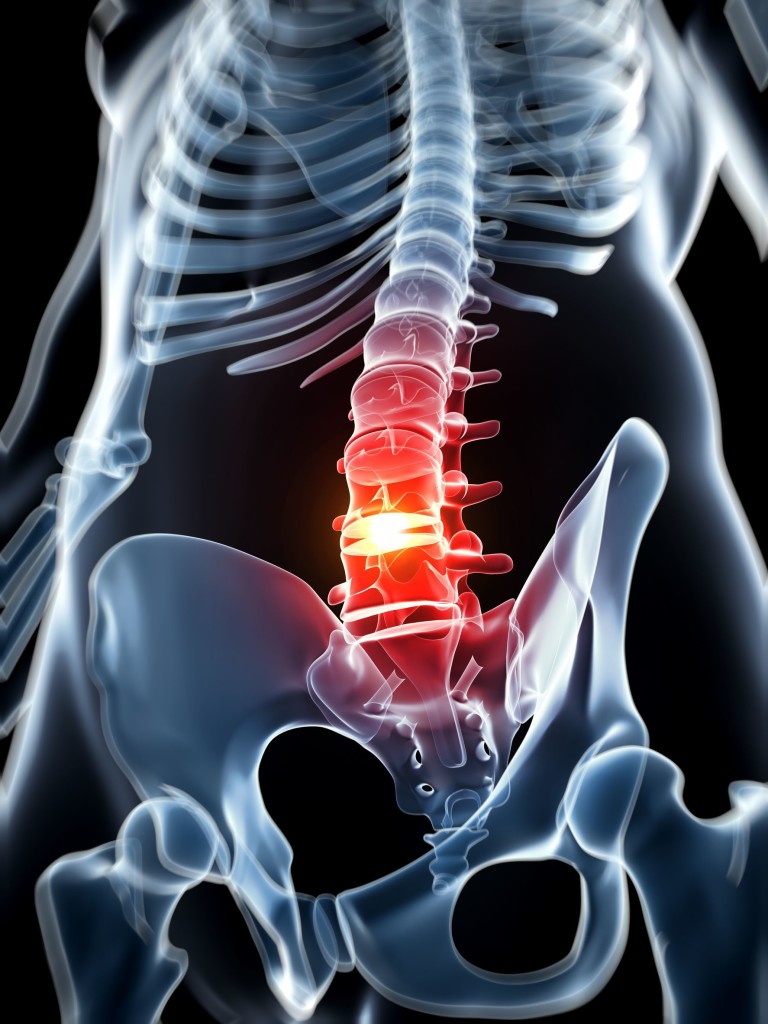Living with pain can be a difficult experience that affects many facets of daily living. Whether it's sharp pain from an injury or the persistent agony of chronic illnesses, pain can lead to restrictions on movement, emotional distress, and a reduced quality of life. Thankfully, advances in pain control techniques and interventions offer hope and relief to individuals in pain. Understanding what pain management entails and recognizing the different approaches available are important first steps in regaining a life unaffected by pain.
In this article, we will discuss the various forms of pain and the most efficient management strategies available. From acute to chronic pain, every type of pain requires customized approaches that may include a blend of therapies, medications, and help. By exploring the science behind pain and assessing the role support systems play, we can uncover valuable insights into how individuals can manage their pain journeys with more strength and knowledge. Whether you are considering physical therapy options, alternative treatments, or targeted pain clinics, the detailed resource ahead will shine a light on the path to wellness.
Understanding Pain Control
Pain control is a cross-disciplinary approach to identifying and addressing various types of pain. her latest blog encompasses a spectrum of therapies and interventions aimed at alleviating suffering and boosting the well-being for people dealing with short-term or chronic pain. By recognizing what pain is and distinguishing its various forms, healthcare providers can adapt treatment plans that address personal requirements, helping individuals reclaim control over their health.
Sharp pain typically arises from a particular injury or health issue and is often short-lived, while long-term pain persists over time, sometimes for months, often without clear cause. Effective pain management recognizes these variations and uses various strategies, including medication, rehabilitation, and complementary approaches, to deliver support. Recognizing these variations is vital for establishing the most effective management technique for each individual.
Moreover, pain treatment often involves a collaborative effort between healthcare experts, including physicians, rehabilitation specialists, and psychologists. This collaborative framework provides a comprehensive treatment approach that not only targets physical issues but also tackles mental aspects of pain. By fostering a supportive environment, patients are empowered to take part actively in their rehabilitation and make educated decisions about their physical and mental health.
Treatments and Approaches for Pain Relief
Effective pain relief often involves a combination of approaches tailored to an individual's unique needs. One of the most widely recognized strategies is physical therapy, which focuses on building up muscles, improving flexibility, and increasing mobility. Through specific exercises and techniques, physical therapy can alleviate chronic pain conditions such as lumbar pain, arthritis, and fibromyalgia. Patients often report a dramatic reduction in pain levels and improvements in their capacity to engage in daily activities.
Additional therapies also are important in pain management. Chiropractic treatment, for instance, emphasizes spinal alignment and can be particularly advantageous for those suffering from musculoskeletal pain. Similarly, massage therapy offers a physical approach to alleviating tight muscles and improving circulation, providing instant comfort and relaxation for many. Acupuncture, an traditional practice that involves inserting fine needles into particular points on the body, has gained recognition for its ability to stimulate the body's inherent pain-relief mechanisms and lessen overall discomfort.
In addition to these body-based therapies, there are a range of alternative treatments to consider. The growing demand in CBD and medical marijuana highlights the transition towards more natural options for alleviating pain without conventional opioids. Furthermore, pop over to these guys and meditation techniques are gaining attention for their capability to manage stress and, ultimately, reduce pain levels. Each of these treatments contributes to a holistic approach, enabling individuals to take charge of their pain control journey.
Living Approaches and Assistance Systems
In managing pain, lifestyle methods play a key role in conjunction with professional therapies. Regular physical activity, for example, can enhance mobility and minimize discomfort, particularly for those dealing with chronic conditions such as arthritis and lower back pain. Activities like strolling, swimming, and yoga can strengthen muscles, improve flexibility, and produce endorphins, which naturally alleviate pain. Integrating anti-inflammatory foods into one's diet can also help lower overall pain levels by diminishing inflammation, offering a dual approach to managing discomfort.
Support systems, including family, friends, and healthcare providers, significantly influence an individual's skill to cope with pain. Emotional support can lead to better pain management outcomes by fostering a constructive mindset and reducing stress. Joining aid groups can provide a feeling of community and collective experience, which can be therapeutic in itself. Having someone who understands the struggle of living with pain can make a significant difference in how individuals perceive and cope with their condition.
Psychological health also plays an integral role in pain management, highlighting the necessity of a holistic approach. Mindfulness and meditation can help individuals develop coping strategies that reduce the emotional and psychological burden of long-lasting pain. Engaging in soothing techniques can lessen stress levels, which often intensify pain sensations. Combining these lifestyle changes with a solid support system creates an environment conducive to healing and better quality of life for those dealing with ongoing pain.

